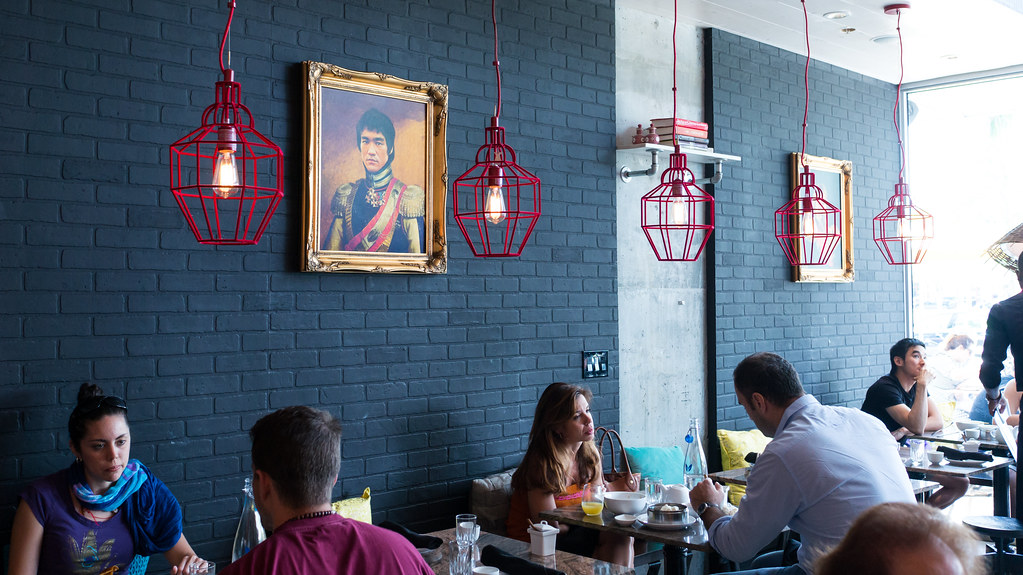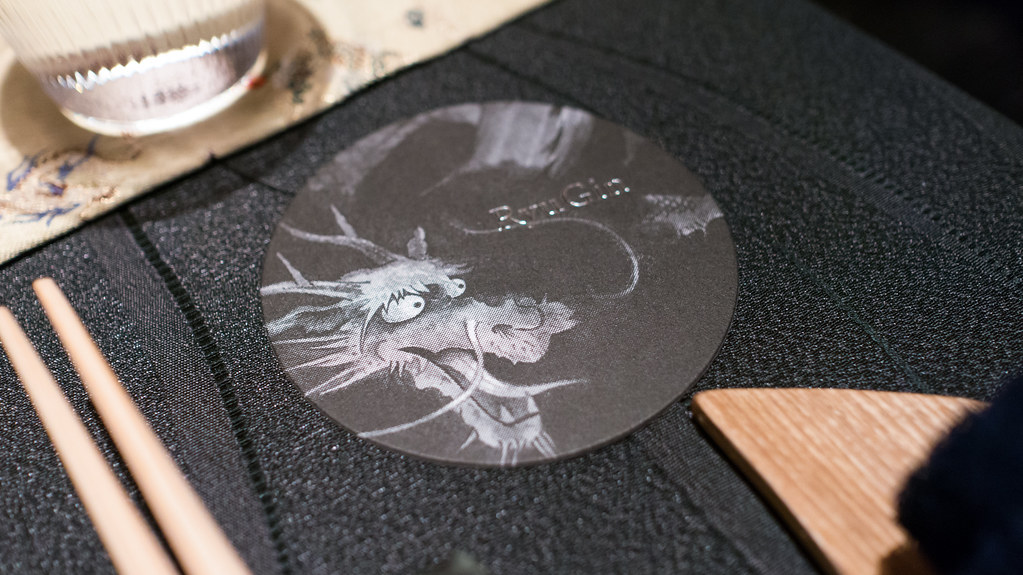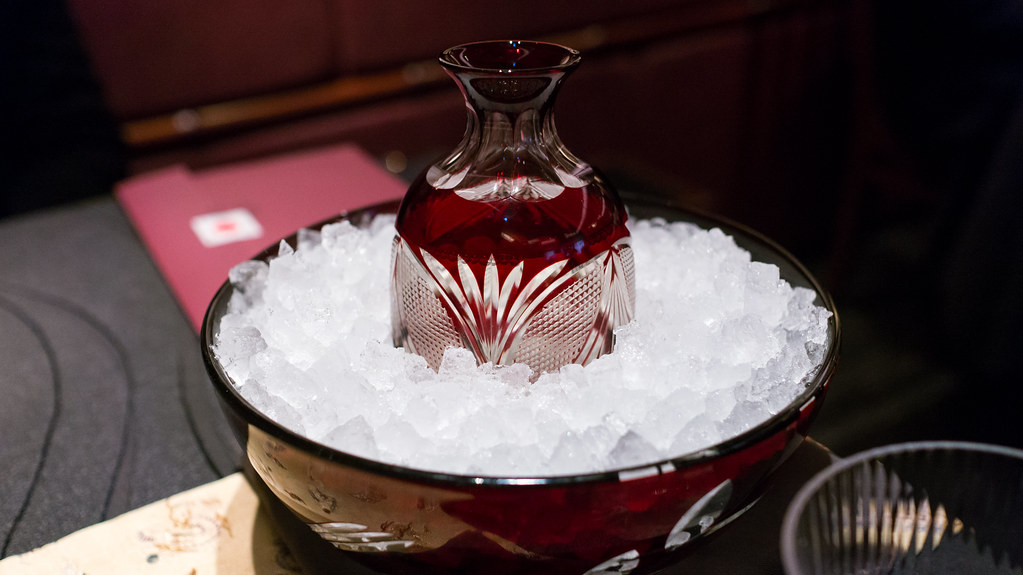"I'm an unpure purist, something like that." - Keith Richards"Authentic" is a word I try to avoid. I'm just not convinced it means an awful lot. Too often, it's thrown about by one-upping blowhards trying to bolster their own credibility ("I spent a weekend in Cabo so I know all about 'authentic' Mexican tacos."). Even for those with more serious intentions, the definition of "authenticity" is elusive, for reasons I've kicked around before. The executive summary: "So many cuisines, even in their 'native' forms, are capable of so many infinite variations, and so many 'traditional' dishes are actually themselves the result of historical cross-cultural mash-ups that would today go by the sobriquet of 'fusion' dishes, that labeling any one particular iteration as 'authentic' is a fool's errand."
"Delicious" is another word I try to avoid. Like "authentic," I'm just not convinced it means much. Unlike "authentic," everyone knows the definition: "this food is good." But it doesn't tell you what is good about it, or why it's good. That unfocused vagueness is why "delicious" is on many food writers' (and editors') lists of banned words.
I'm not going to tell you the food at BlackBrick, Richard Hales' new Chinese restaurant in Midtown Miami, is "authentic." But I will tell you it is "delicious." And I'll do my best to tell you why.[1]
Miami has long been a Chinese food desert. For decades, the Canton chain – a paradigm of mediocrity – somehow managed to be the standard-bearer. Tropical Chinese stands out, but only as a big fish in a little pond. Hakkasan offers a much more refined experience, and their dim sum is excellent, but the price to value (and excitement) ratio of most of the rest of the Hakkasan experience is out of whack. A host of other contenders – Chef Philip Ho, Chu's Kitchen – come and go, with all the stability of Miley Cyrus. Unlike West Coast meccas like Los Angeles, the Bay Area and Vancouver, we seem to lack the populations to support a thriving Chinese restaurant market. And the waves of hyper-regional Chinese restaurants that New York has enjoyed – Sichuan, Shaanxi, Dongbei, Hunan, Yunnan and more, in addition to the more ubiquitous Cantonese – never really made their way here.
(You can see all my pictures in this BlackBrick - Midtown Miami flickr set).
I suspect Richard Hales felt much the same way. And whether because he saw a market opportunity, or just pined to eat better Chinese food and found nobody else making it, he decided to do what he could to change it. BlackBrick, a self-described "passion project," is the result.[2]
Hales' first project as chef/owner was the fast-casual, pan-Asian Sakaya Kitchen, which opened about four years ago. Serving pork buns and Korean chicken wings may not have been an entirely original notion,[3] but Sakaya distinguished itself by focusing on quality ingredients (local and organic whenever possible), fresh preparations, and bold flavors, especially the smoky heat of Korean kochujang that weaves through several dishes.
BlackBrick in some ways follows a similar model, though the service is sit-down style, and the flavor profiles look to China's Sichuan province, among other places, for spicy inspiration. Indeed, if you grab a spot at the counter in front of the open kitchen, you may periodically be inundated by billowing clouds of chili-infused smoke emanating from the wok station.
You can start with something simple and invigorating, like these chicken thighs doused in a spicy chili oil and Chinkiang vinegar, then showered with slivered green onions, cilantro, peanuts and sesame seeds. The poached chicken is served cold with its slippery skin intact, the mild, tender meat a foil for the double dose of spice and sour from the chili oil and black rice vinegar.
"Ma La." These are two more words you're going to want to know. They mean "numbing" and "hot," and their combination – in the form of Sichuan peppercorn (which causes a tingly, numbing sensation) and dried chilies – produces a compulsively tasty, "hurts so good" reaction. It's what makes BlackBrick's "Numbing and Hot Chinese Spare Ribs" so flavorful, the meaty riblets served crusted with dry spice along with wok-sauteed onions, jalapeños and bell peppers.
(continued ...)











